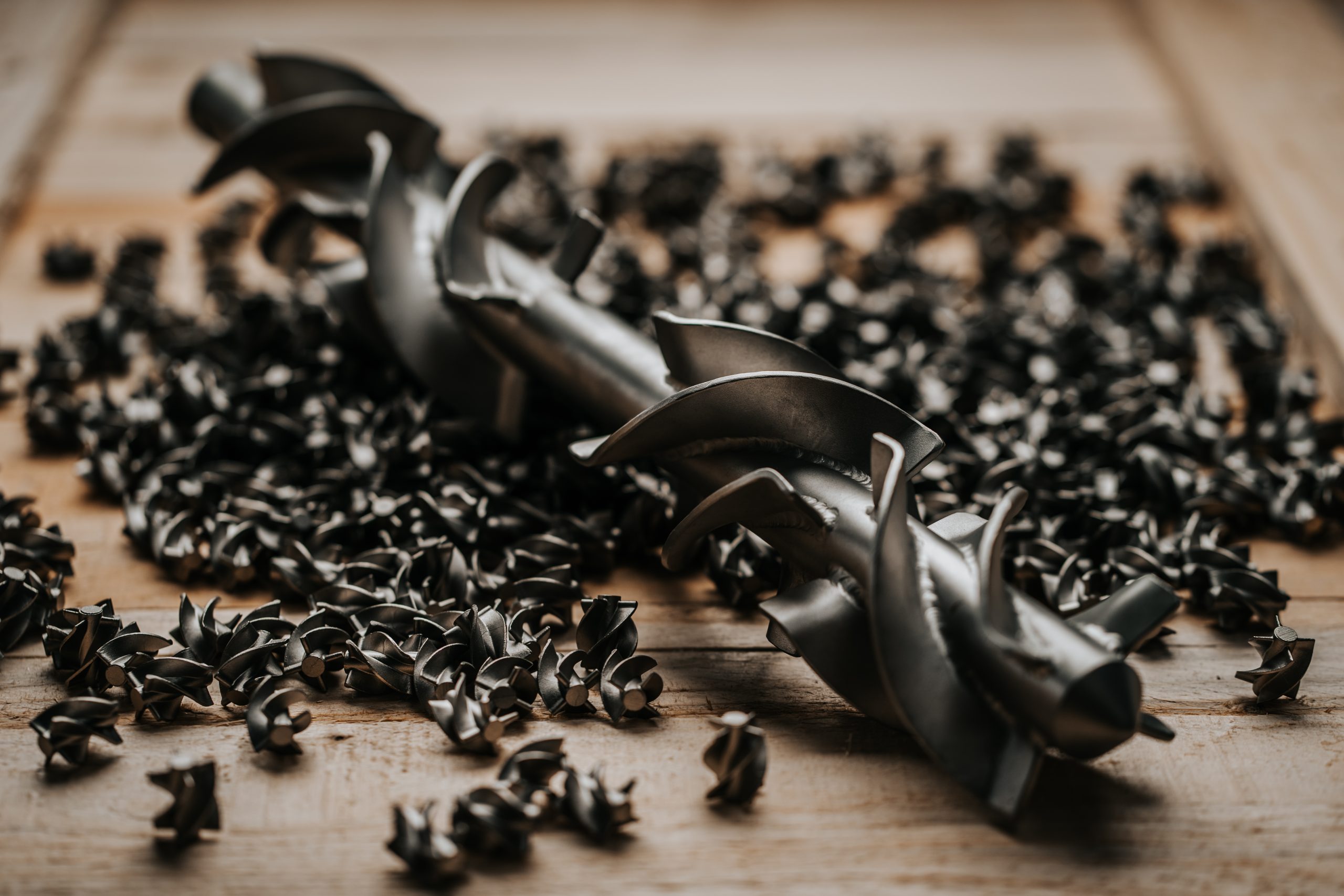STRIKO rupture discs are
- reliable pressure protections
- easy to install
- the alternative to safety valves
- the perfect protection of safety valves against highly corrosive media
Applications
By using our STRIKO rupture disc devices, pressure vessels, pipelines, gas cylinders, etc. are protected against overpressure and/or underpressure. We manufacture bursting discs individually according to customer specifications from stainless steel, graphite and special materials.
When a specified pressure is reached, bursting discs release almost the entire relief cross-section within a very short time without closing it again. After pressure relief, rupture discs are replaced. This ensures that brand-new and leak-free pressure relief devices are always available. This protects people, the environment and equipment.
Wherever equipment or plants need to be protected - whether in the chemical industry, in food technology or in the process engineering industry - STRIKO bursting safety devices are reliably in use. Our engineers work out the best solution for the safety of your plant according to your specifications.
We do this
- fast: Especially in the area of plant safety, agile crisis management is of high importance - we do it: quickly and thoroughly!
safely: Whether in the process, in planning or in the budget: Our products provide you with safety. This means protection for your personnel, the environment and your machines, and thus stability in your process and quality for your products.
individually: The optimal solution for you is always our priority. That's why we analyze every case down to the smallest detail, gladly also directly on site. This is the only way to create customized products that are exactly right for your application.
Our assortment
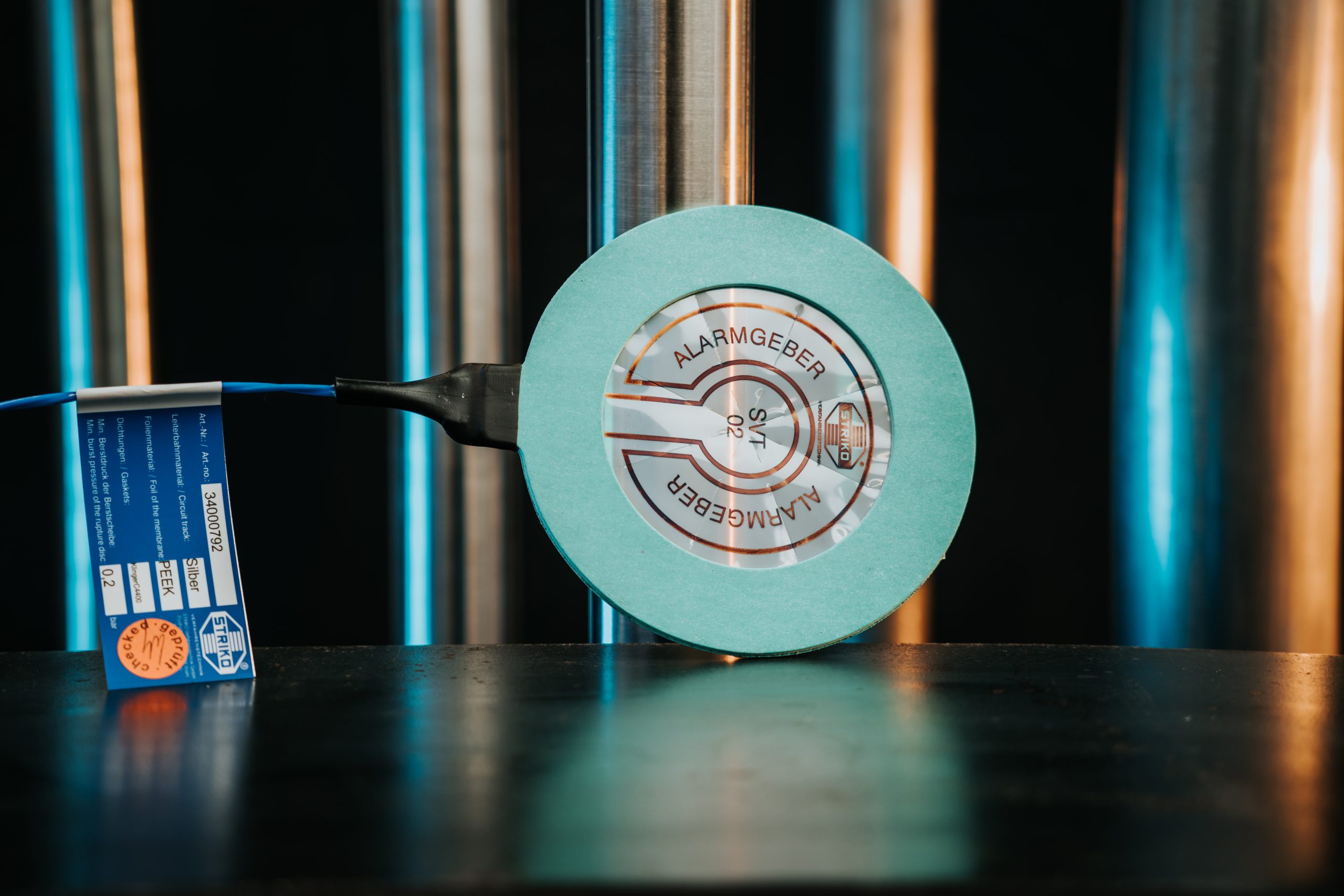
Burst Indicator Type SVT 02
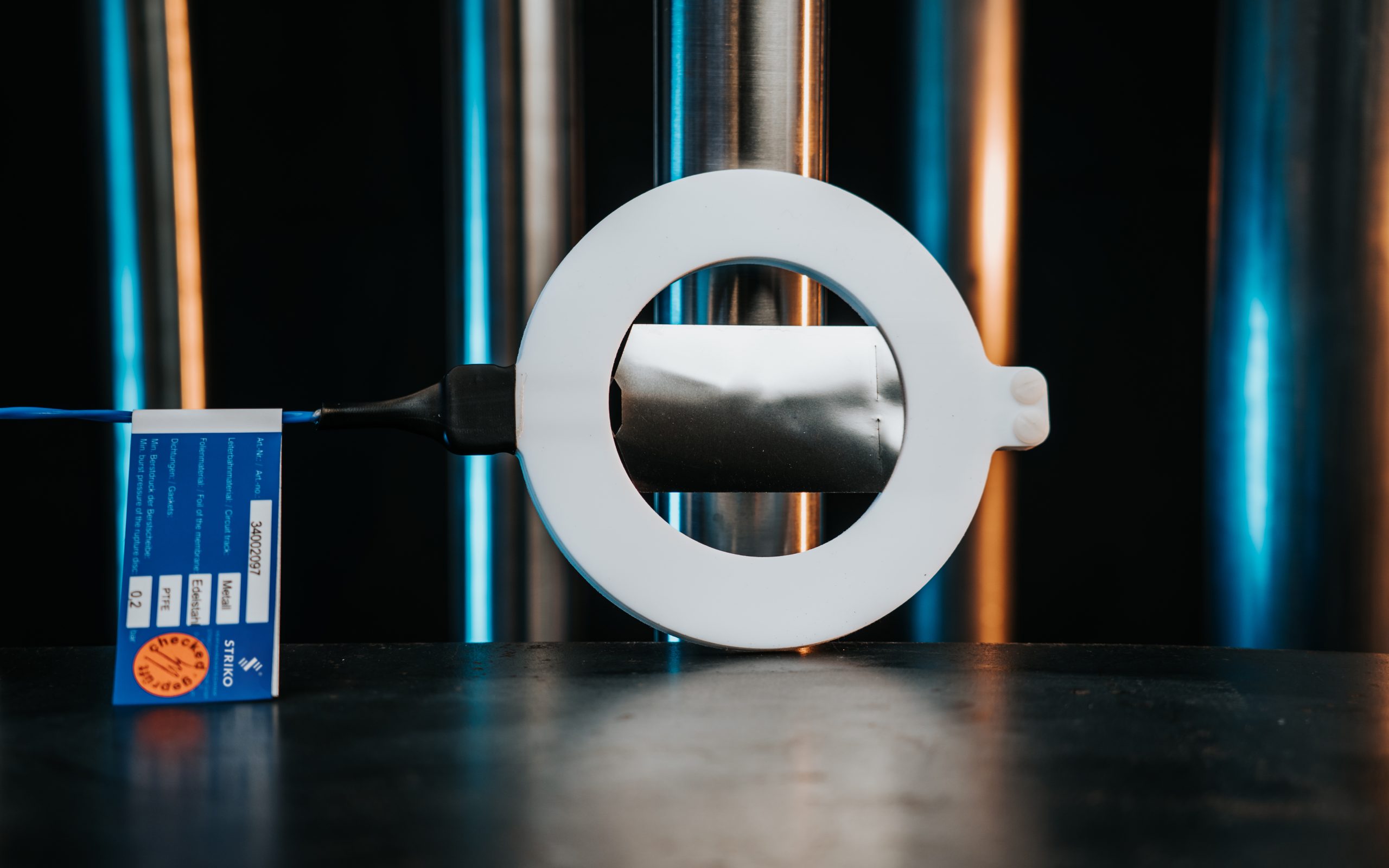
Full Metal Burst Indicator Type SVT AM

Low-Pressure Burst Indicator Type SVT AM-L
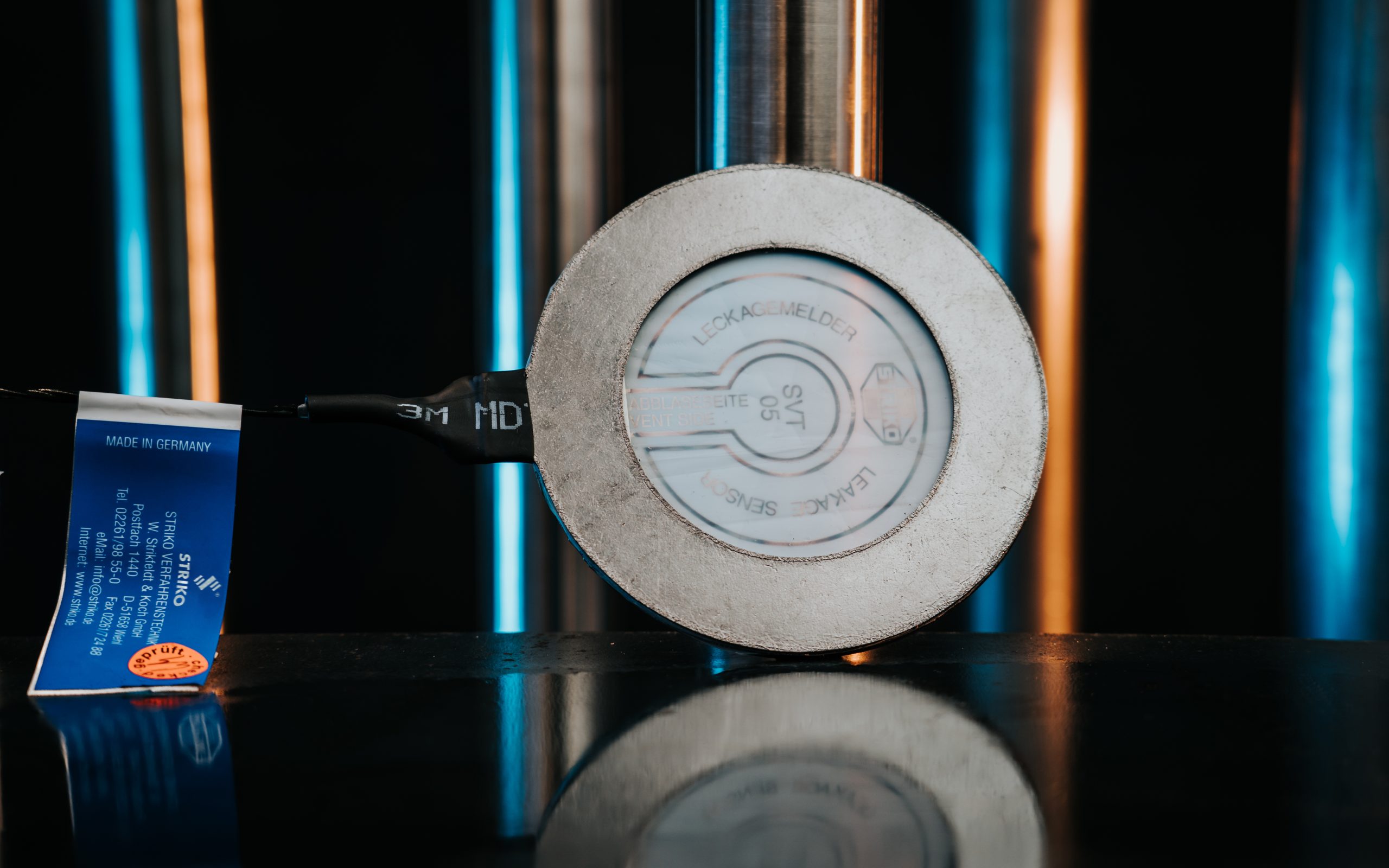
Leakage Sensor Typ SVT 05

Graphite Rupture Disc Series G2 / LPG2
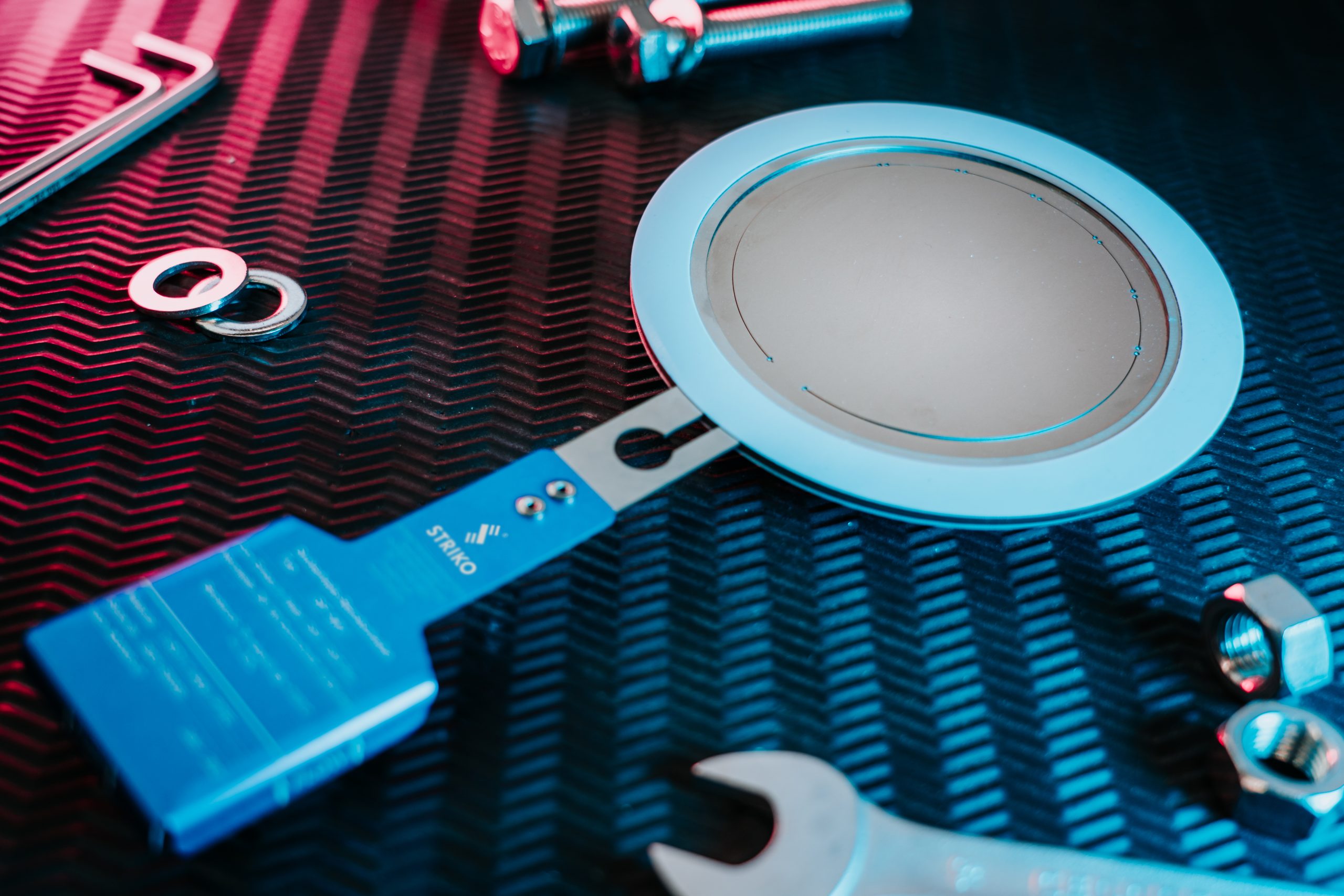
Flat Metal Rupture Disc
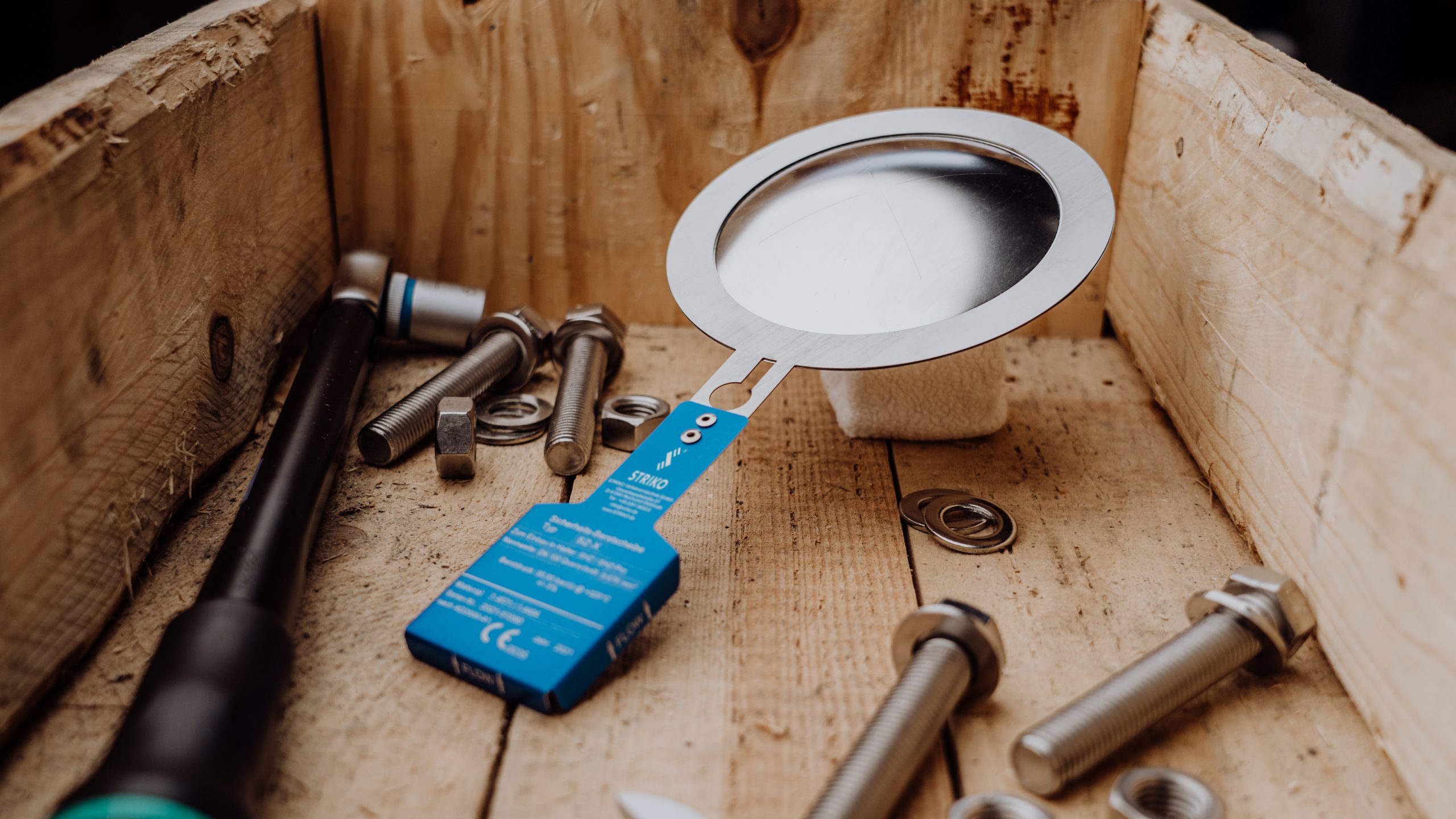
Forward Acting Metal Rupture Disc
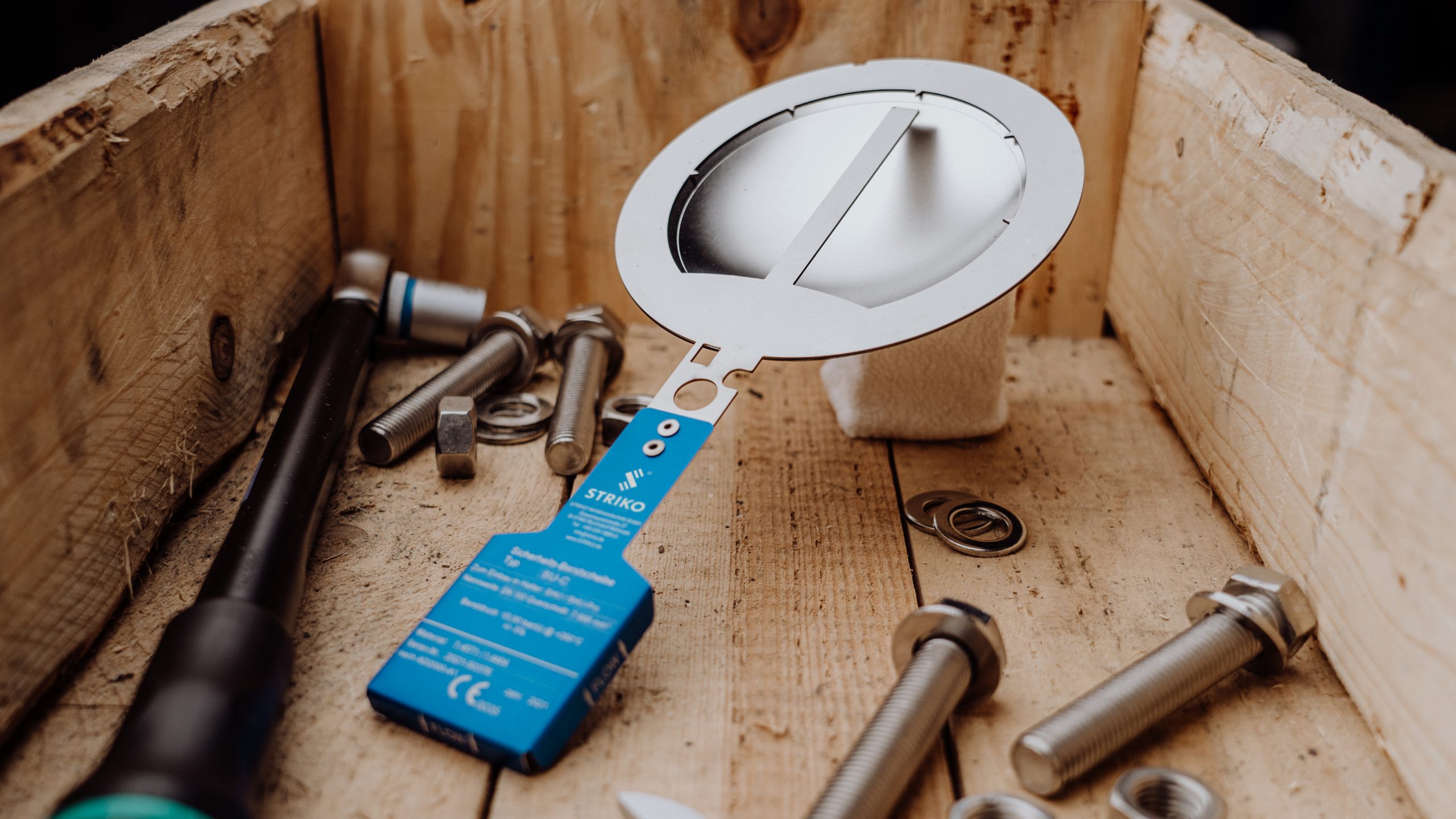
Reverse Acting Metal Rupture Disc

Aseptic Metal Rupture Disc

Rupture Disc for Tank Container
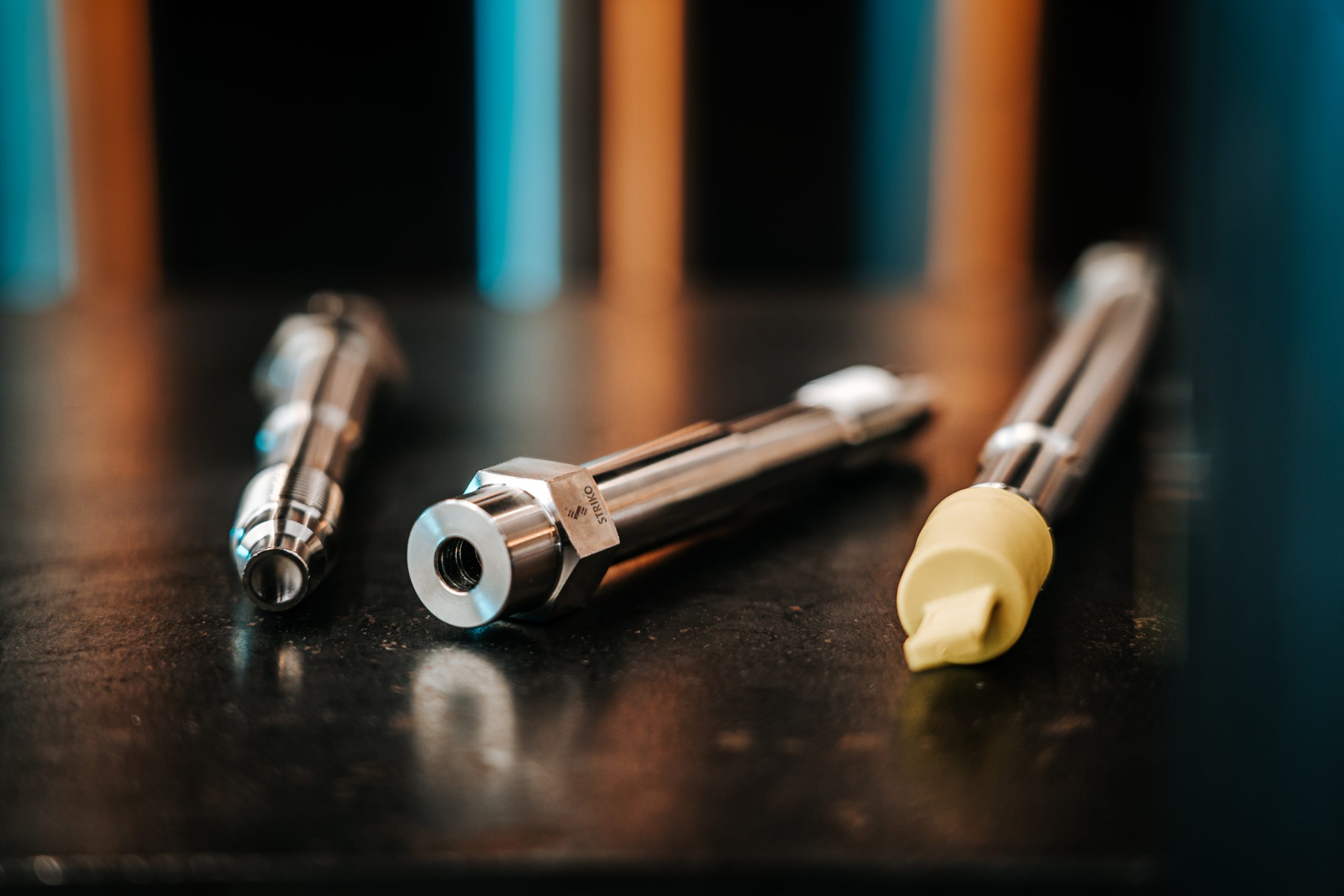
Extruder Metal Rupture Disc
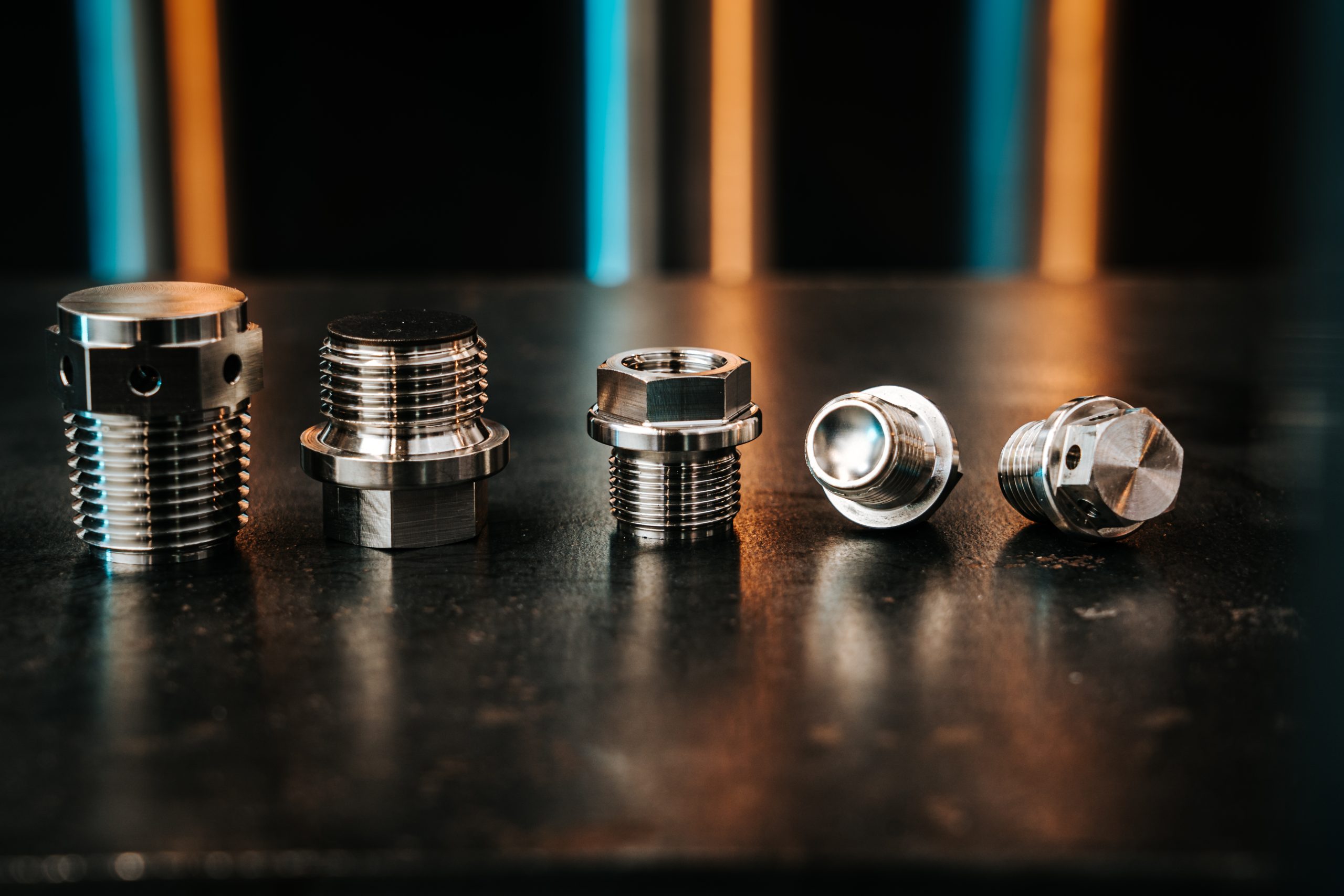
Bursting Plugs
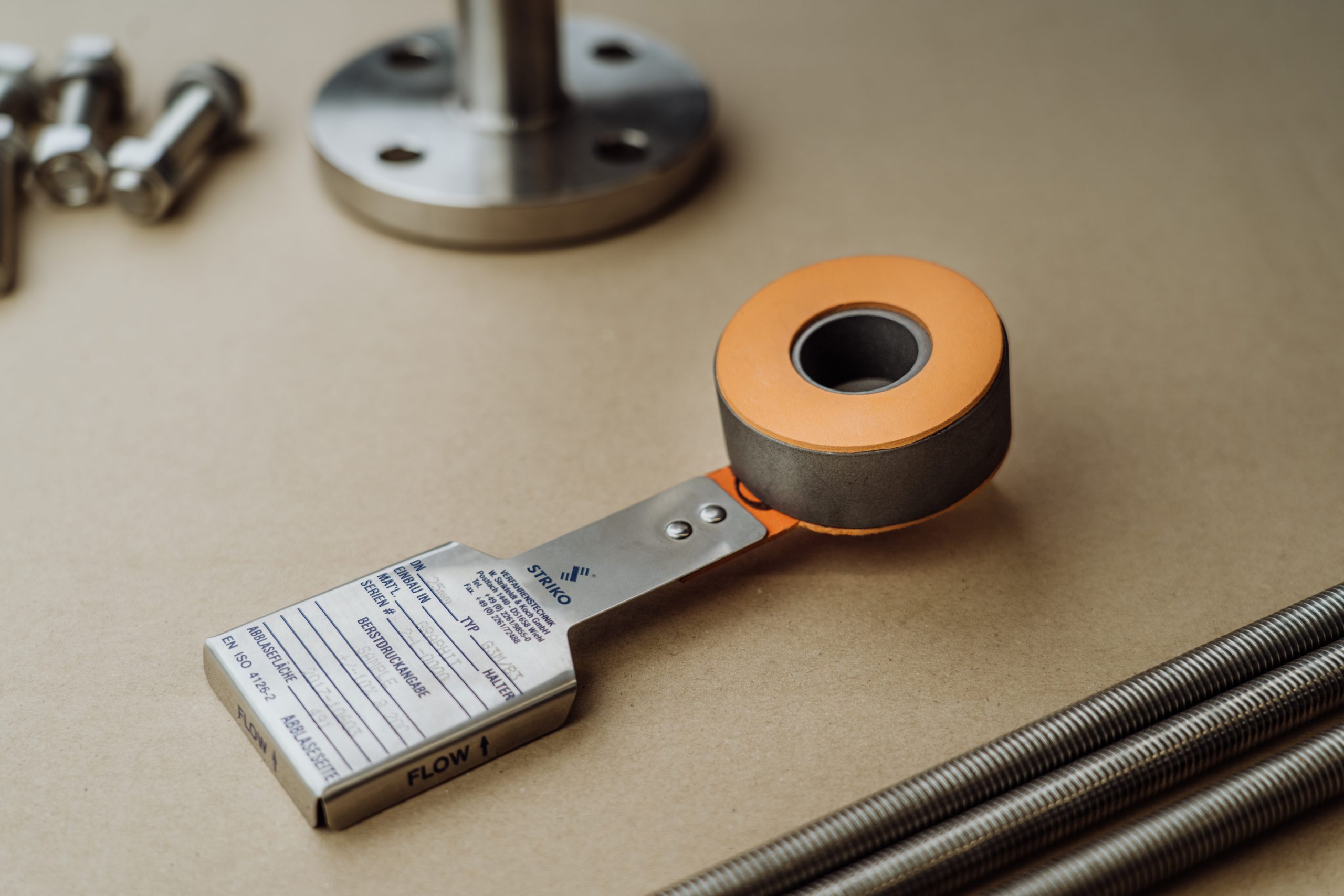
Graphite Rupture Disc Series G3
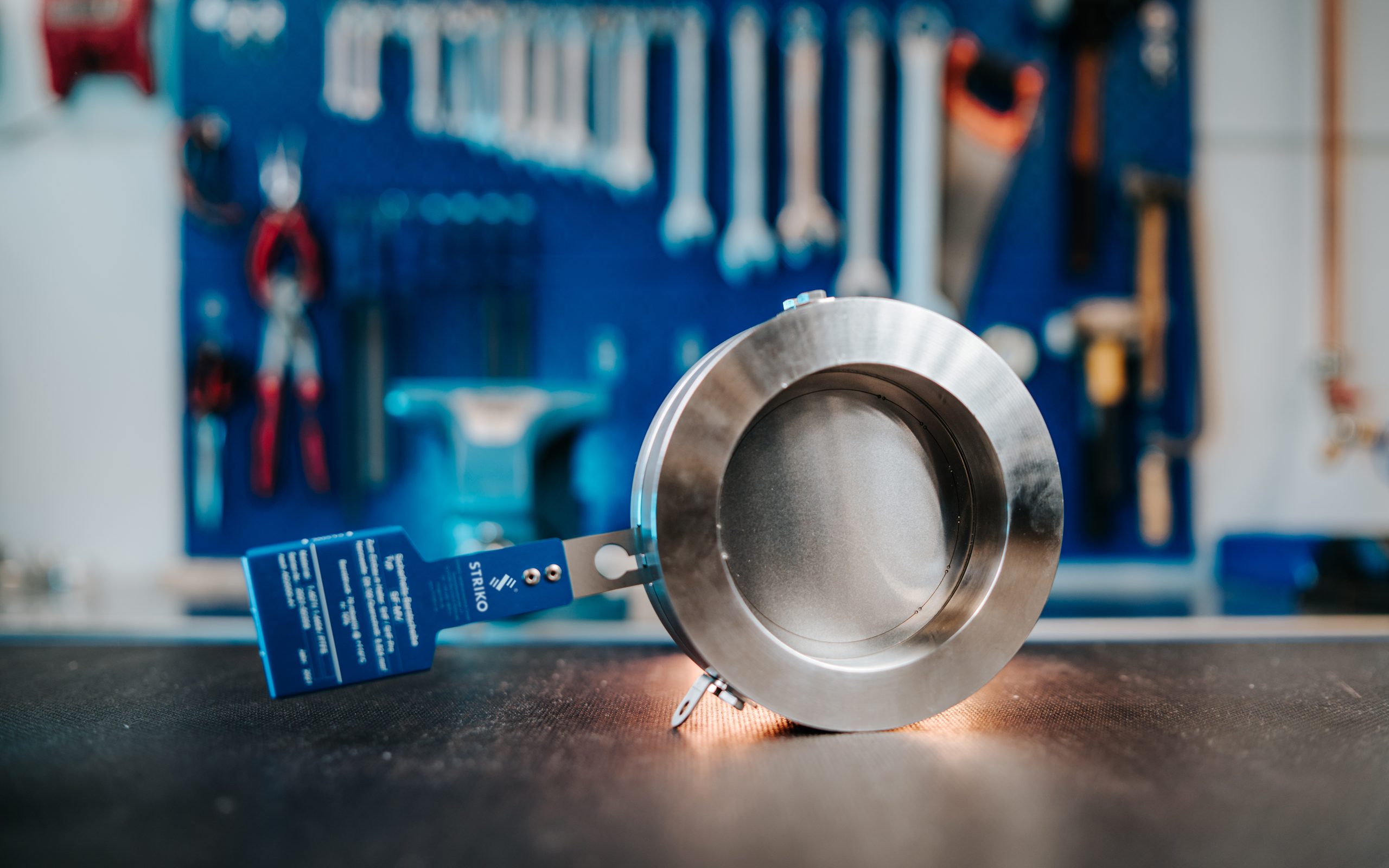
Standard Rupture Disc Holder
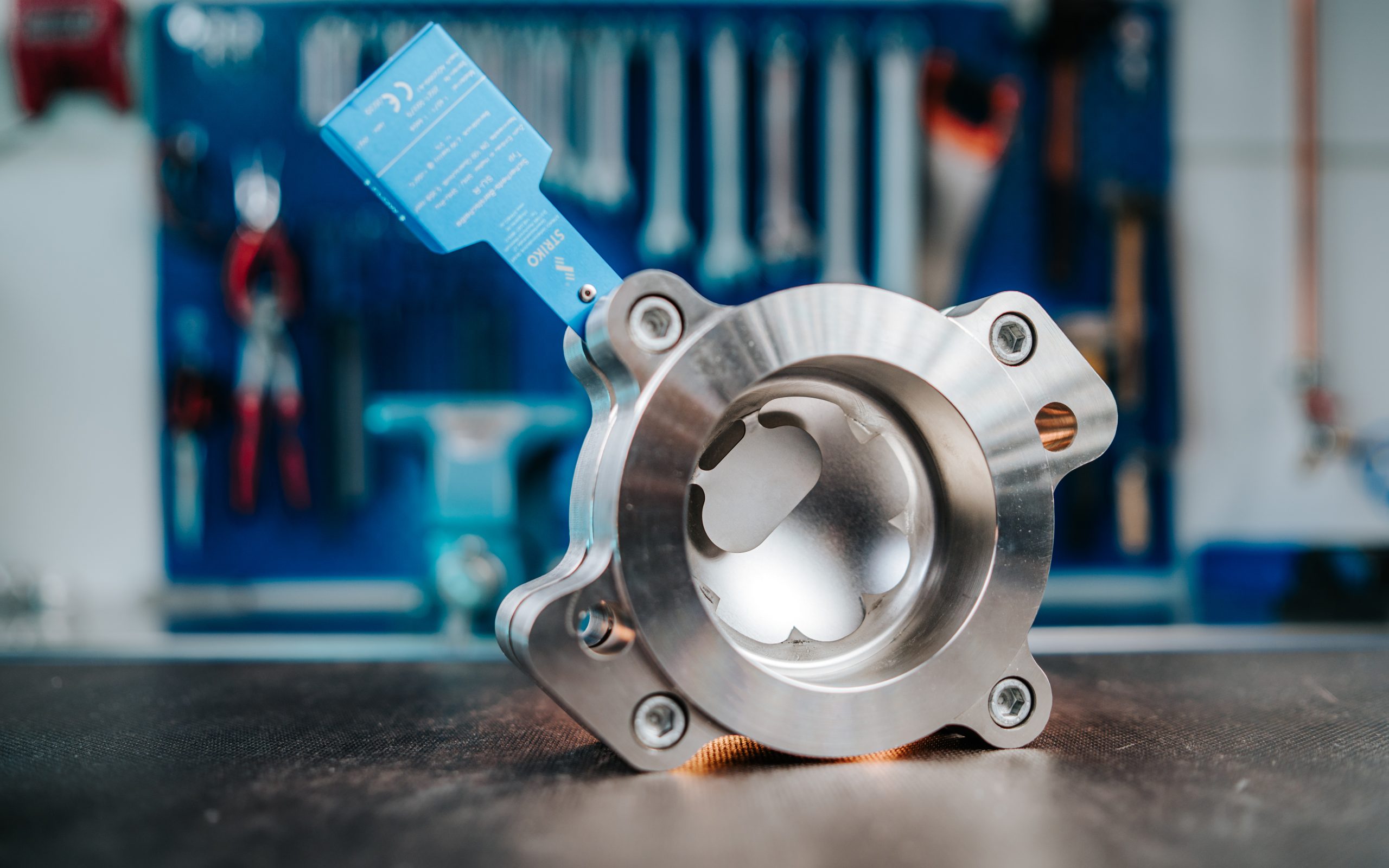
Pre-Torqued Holder

Pre-Torqued Lab-Holder SH Lab
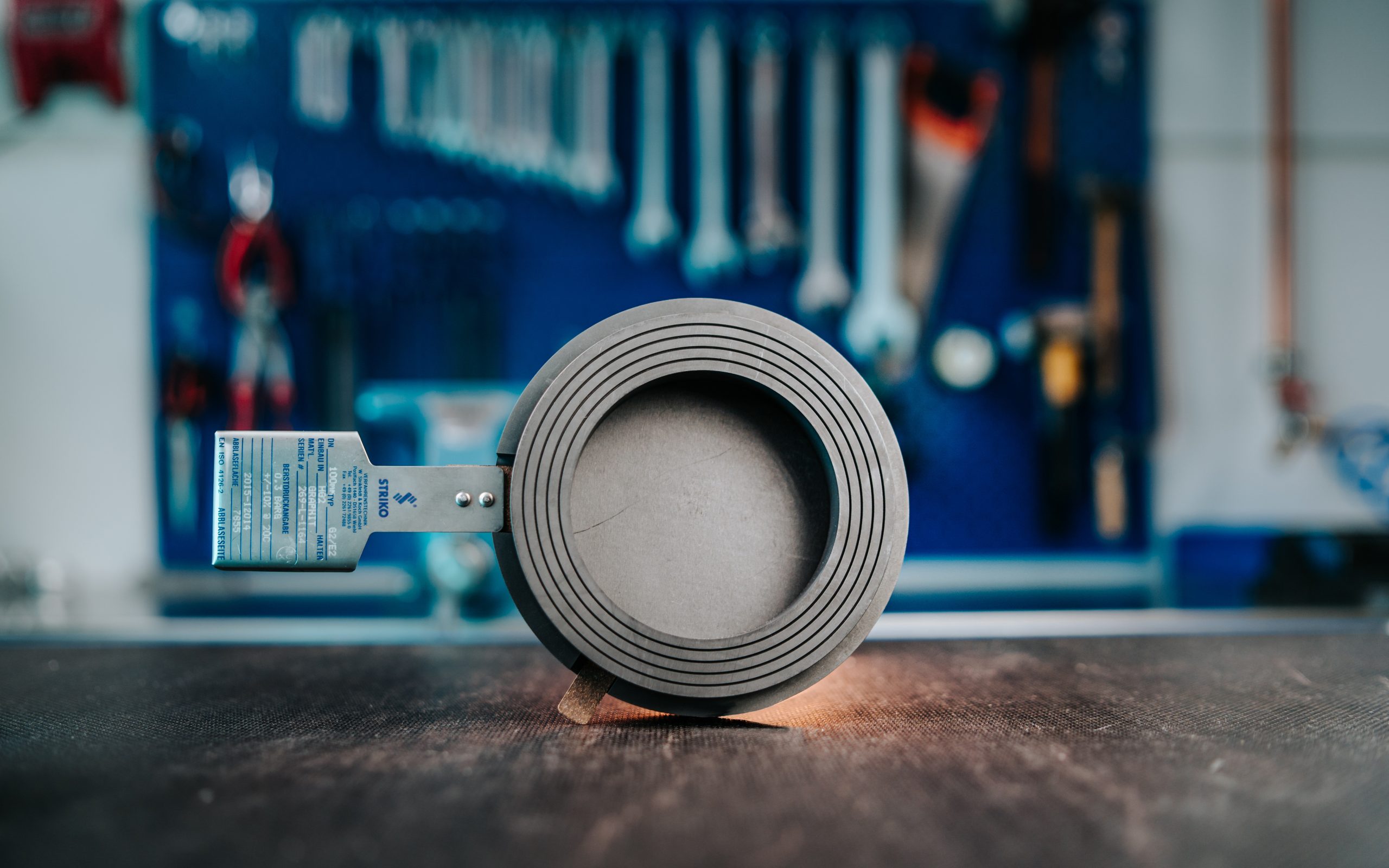
Holder for Graphite Rupture Disc

Burst Indicator Type SVT 02
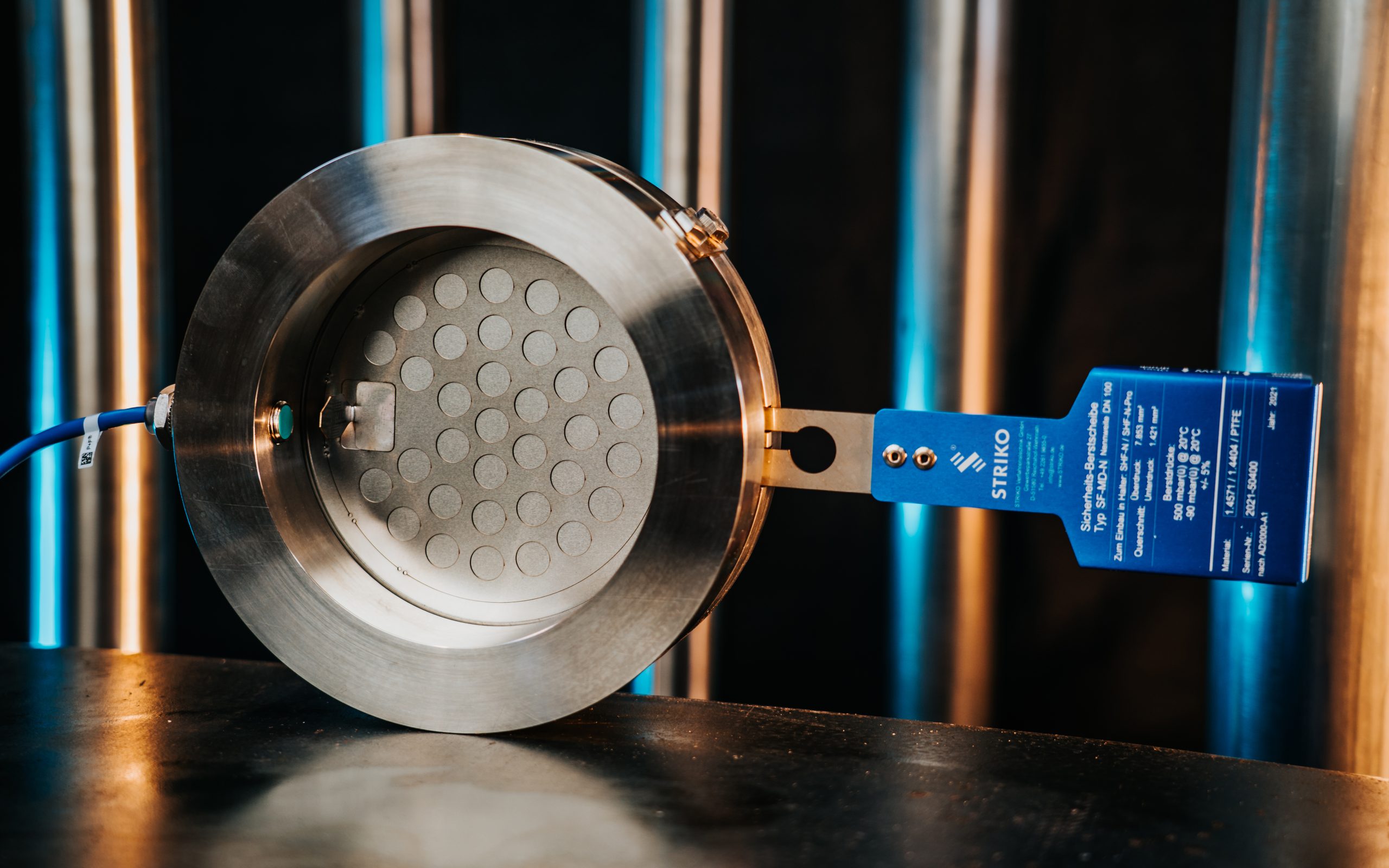
Rupture Disc Equipment with integrated alarm / special solutions
FAQ
What is the function of rupture discs?
Rupture discs protect employees, the environment and plants from possible damage caused by uncontrolled pressure increases and the resulting abrupt pressure relief. This enables the safety requirements of systems in the overpressure and vacuum range to be met in accordance with technical regulations.
What standards apply to rupture discs?
Rupture discs must meet the requirements of certain national and international standards and regulations with regard to their design and manufacture in order to be recognized as a reliable safety component. Here are some of the most important regulations that apply to a rupture disc:
- PED 2014/68/EU: The European Union Pressure Equipment Directive (PED) regulates the manufacture and conformity of pressure equipment, including rupture discs, placed on the market.
- AD 2000-Merkblatt A1: The AD 2000 code of practice is a German standard that regulates the requirements for safety devices against excess pressure.
- DIN EN ISO 4126-2: This document defines the requirements for rupture disc devices. It also defines the requirements for design, manufacture, monitoring, testing, certification and marking.
- SME Section VIII, Div.1: The American Society of Mechanical Engineers (ASME) has developed a series of codes and standards to ensure the safety of pressure vessels and apparatus. Section VIII of the ASME code addresses requirements for pressure vessels.
- API 520: The American Petroleum Institute (API) has developed a series of standards that ensure the safety of equipment in the oil and gas industry. API 520 addresses the requirements for safety valves and safety devices against overpressure.
Where are our rupture discs used?
Wherever equipment or systems need to be protected - whether in the chemical industry, in food technology or in the process engineering industry - STRIKO bursting safety devices are reliably in use. Our engineers work out the best solution for the safety of your plant according to your specifications.
Rupture disc or safety valve?
Both rupture discs and safety valves fulfill the function of protecting and relieving a system in the event of an uncontrolled increase in pressure. However, there are some differences between the two safety components that should be considered when making a selection.
A rupture disc is a passive safety component that ruptures at a predefined pressure, thereby safely relieving excess pressure. It is easy to install and requires no adjustments or maintenance. Rupture discs are also typically less expensive than safety valves and provide quick and reliable relief in the event of an uncontrolled increase in pressure.
A safety relief valve, on the other hand, is an active safety component that automatically regulates the pressure in the system and opens at a predefined pressure to relieve excess pressure. However, safety valves require regular maintenance and calibration to ensure reliable operation.
When deciding between a rupture disc and a safety valve, the specific requirements of the application and the cost of installation, maintenance and operation should be considered. In some cases, the two safety components can be used in combination to provide increased safety and reliability.
How much is a rupture disc?
There is only one answer to this question: Simply ask us specifically about bursting discs for your application and we will provide you with a detailed and informative quotation at short notice. Especially in the field of metal bursting discs, the price is highly dependent on the material used, the number of bursting discs, the bursting tolerance and, last but not least, the type of bursting disc (flat, tension-loaded, reverse bursting disc, vacuum-proof,...). Regardless of whether it is a concrete project or merely budget planning - you will only receive an exact price if you receive a concrete quotation.
Operating temperature or burst temperature?
The bursting temperature at a rupture disc does not always have to be the same as the operating temperature of a plant. This may be due, for example, to the fact that there is a certain distance between the process in the plant and the point of use of the rupture disc, and therefore a high operating temperature does not reach the rupture disc. Or the pressure increase in a plant, which finally leads to the bursting of the disc, occurs, for example, due to a temperature increase as a result of a chemical reaction.Therefore, it is important for the design of a bursting disc to know what temperature is applied to the bursting disc when it bursts, since the temperature influences the bursting pressure, especially in the case of metal bursting discs. At a higher temperature than the design temperature of the rupture disc, the rupture disc responds at a lower pressure, and vice versa at a lower temperature.
How is the maximum working pressure defined?
The maximum working pressure is the pressure at which the burst disk used reaches the longest service life. It is calculated as the minimum burst pressure of the rupture disk multiplied by the employment relationship. If the maximum working pressure is exceeded frequently or permanently, the rupture disc undergoes an undefined pre-damage, which leads to premature rupture or bursting below the minimum burst pressure. Proper design and selection of the rupture disc to be used is therefore of enormous importance.
Working relation - how do I calculate it?
The working relation is expressed as a percentage and is calculated from the ratio of the minimum burst pressure to the working pressure. Depending on the burst disc type, it normally ranges between 50% and 90%, also see DIN EN ISO 4126-6.
Discharge cross-section - what is it and what does it depend on?
The discharge cross section (AQA) is the free cross-sectional area (e.g. in a burst disc device) for the disposal of the medium. The required AQS is calculated depending on the type of the medium, pressure, temperature, and density for each application. It is important to know the type of flow (gaseous, liquid, two-phase) and the mass flow to be dissipated in kg/h. The nominal width used is calculated from it.


